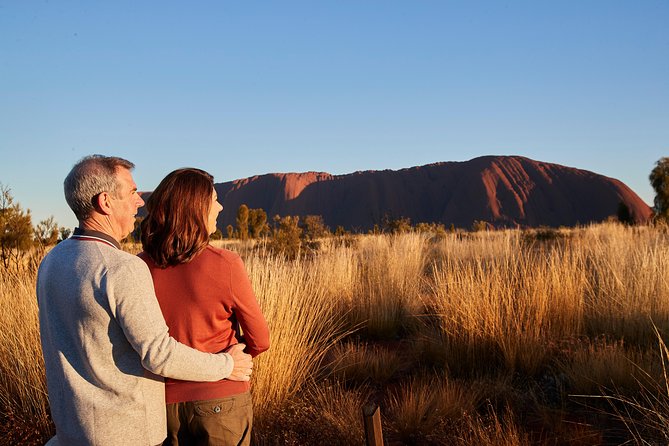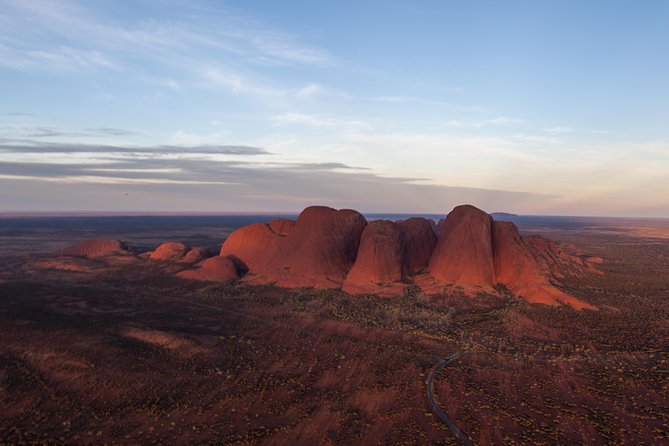1. Uluru-Kata Tjuta National Park is located in the Northern Territory of Australia. It is renowned for its stunning red rock formations, most notably Uluru (also known as Ayers Rock) and Kata Tjuta (also known as the Olgas). Uluru is a massive sandstone monolith that rises about 348 meters (1,142 feet) above the surrounding desert landscape. It is sacred to the Anangu Aboriginal people and is considered a significant spiritual site.
Interesting facts about Uluru:
- Uluru is estimated to be around 600 million years old and has a circumference of over 9 kilometers (5.6 miles).
- The rock changes colors throughout the day, especially during sunrise and sunset, due to the way the sunlight hits the surface.
- Uluru is home to ancient rock art that depicts the culture and stories of the local Anangu people.
- The park is also rich in wildlife, including kangaroos, wallabies, emus, and various bird species.
2. Uluru-Kata Tjuta National Park is open every day, but the opening and closing times vary depending on the season. Generally, the park opens around sunrise and closes around sunset. It is important to check the park’s website or contact the visitor center for the exact hours. The visitor center can be reached at +61 8 8956 1128.
3. Entry to Uluru-Kata Tjuta National Park requires purchasing a park pass. As of 2021, the pass costs $38 AUD for visitors aged 16 and above and is valid for three consecutive days. Children under 16 can enter for free. The pass can be purchased online, at the park’s entry station, or at selected outlets in the surrounding area.
Transportation to Uluru-Kata Tjuta National Park can be done by self-driving or taking a guided tour from nearby towns like Yulara. Yulara is the nearest town to the park and has an airport with regular flights from major Australian cities. Once in the park, there are designated roads and parking areas for visitors to explore Uluru and Kata Tjuta. It is important to note that climbing Uluru is discouraged and will be officially prohibited from October 26, 2019, due to its cultural significance to the local Aboriginal people.










